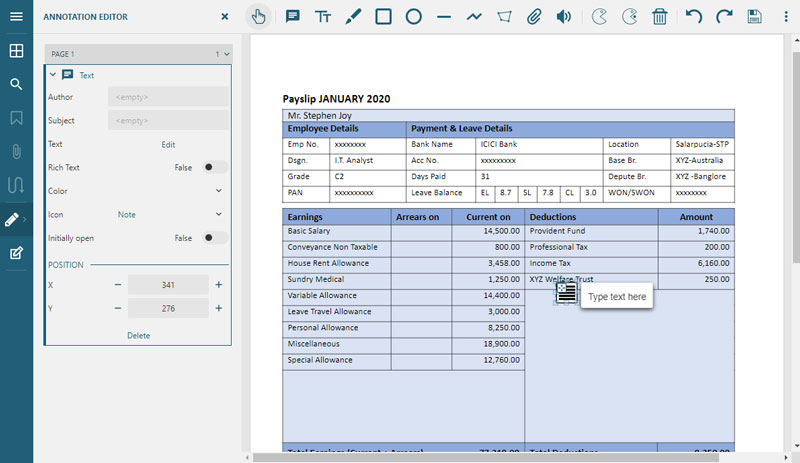

Creating an annotation feature classĪn annotation feature class that uses the advanced callout/multiple text element functionality is not much different than any other annotation feature class within the database. If the cartographic feature class is already created, you can set the field length when creating or editing a calculated field rule or in SQL Server Management Studio if you are using a SQL-based database. Right-click the cartographic feature class and click Properties.Navigate to the geodatabase that contains the cartographic feature class you want to use for generating annotation.Since the annotation is generated based on the text string field, it requires that the length of the field containing the label be long enough to accommodate the labels generated by the XML scripts. The text string produced by the XML script contains all the formatting and identification tags and is lengthy, meaning the field must be set to a high value to avoid any database conflicts. This is typically done in a field such as Label_Txt. The cartographic feature class is where the initial text string is calculated to create annotation.

Several steps are involved in creating advanced callout annotation with multiple text elements: setting up cartographic feature classes, creating annotation feature classes, setting up calculated field specifications, and creating and editing advanced annotation.
#Annotation edit premiere code
The multiple text element functionality allows you to have multiple and individual text elements, including a vertical Morse code element, whose placement and style can be edited. The advanced callout functionality allows you to modify the background symbol, shape, margins, splits, and leader line of the callout.


 0 kommentar(er)
0 kommentar(er)
